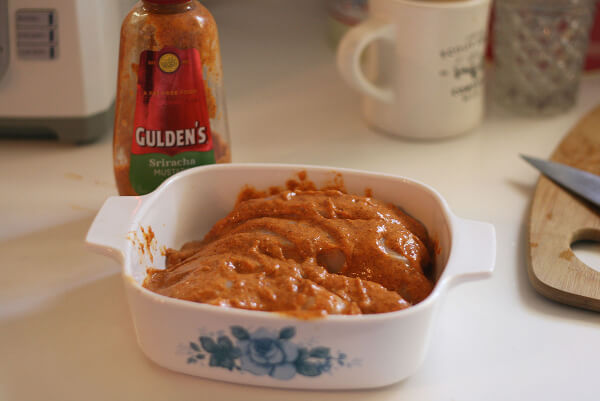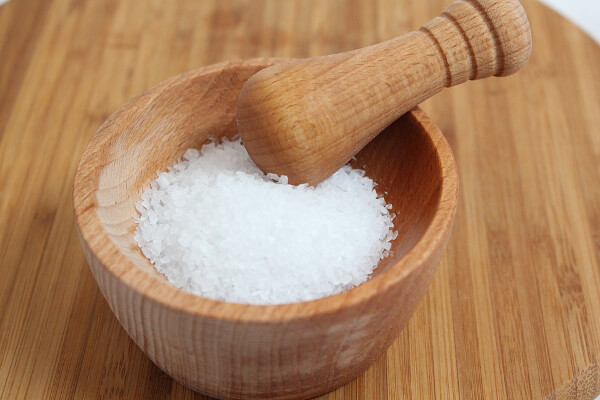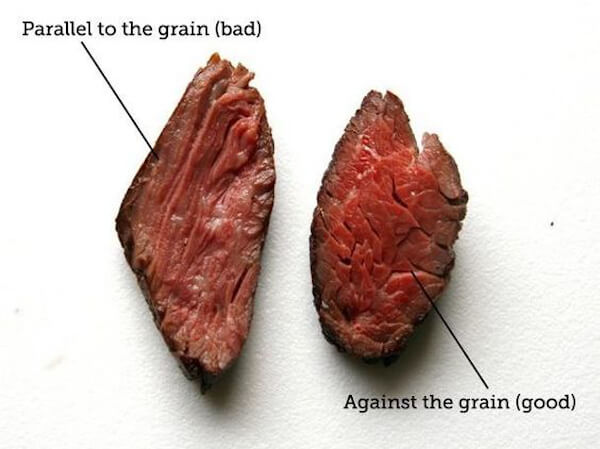
Lean meat is awesome because it’s high in protein with a low-fat content, making it an essential staple in any meat-eaters diet. Its strength may also be its downfall: lean meat is easy to overcook and under-season. This results in a bland, dry meal, and leaves us dreaming of a big juicy steak.
What if I told you that you could eat a different, insanely delicious and tender lean meat seven days a week if you really wanted to? That’s what I thought. Here are seven ways to tenderize your lean meat and leave those protein woes behind you.

Zero/Low-Calorie Marinades
Marinades add tons of flavor and actively tenderize the tougher parts of meat. Place chicken breast, pork chops, turkey breast — you name it — in a dish and lather it in a zero/low-calorie marinade:
Marinate Overnight/All Day:
- Mustard
- Salsa, some hot sauce, sriracha
- Fruits like mango, kiwi, pear or apple
Marinate 1-2 Hours Before Cooking:
- Lemon/lime juice
- Vinegar
- Buttermilk
When it comes time to cook, barbeque, grill, oven-bake or pan fry. Just don’t cook it on high heat, as you may burn the marinades. Keep heat medium and turn regularly.
Advertisement
Brine It
This technique is ideal for roasting, grilling or baking. Traditionally, brining is done over 10-12 hours but you can hack a quick 30-minute brine for smaller cuts. It will change your lean-meat life:
- Dissolve 1 tablespoon of salt with 2 cups of water in a dish. Make enough to ensure your meat is fully submerged (need more? Double it).
- Add meat to the dish. While you’re there add some herbs.
- Let it sit for 1.5 hours.
Want to brine something bigger, say a whole turkey? Take the traditional route and let it sit overnight/all day. The bigger the meat, the more time it needs.
Pound It
Pounding meat not only lets some stress out but tenderizes it and levels out the thickness, making sure it cooks evenly. There is nothing worse than a chicken breast that is half tough and dry, half undercooked.
Season and cover your meat with a cloth, then beat it with a meat mallet or other blunt objects like a rolling pin or your fist. Be careful not to overdo it or it will turn mushy
Pre-Salt
Pre-salting is a basic technique that is time-sensitive. 1 hour and 45 minutes prior to cooking, rub a generous amount of salt onto your meat and leave it to soak in. This goes a long way in breaking down those tough fibers in the cut.
Advertisement
If you don’t have the time to let it soak, salting and cooking immediately is the next best thing. Do not salt 10-30 minutes before cooking, that is actually not going to help and may make it even more dry!
Slow Cook
Slow and steady wins the race. Patience is a virtue. Good things come to those who wait…Get your slow-cooker out, throw in some meat, vegetables and herbs, and leave that baby all day long. Your meat will be so tender and juicy, no doubt.
Of course, you don’t NEED a slow cooker if you’re happy to stay home all day and stir a pot on the stove on low...old school.
Scoring
Scoring meat is making shallow cuts before cooking. This reduces how much the meat tightens up while cooking and helps your seasonings soak in deeper because you’ve created more access points for the seasonings to seep into.
Don’t score your meat too deeply, just some shallow slices or cross-checks.
Advertisement
Serving: Let it Rest and Slice it Right
You may have just pan fried the perfect piece of chicken but if you eat it immediately from the pan you may be missing out on tender goodness.
Think of it like this: When you exercise, your muscles tense up. Once you finish your workout and rest for a few minutes, you start to relax again. The same thing happens when cooking meat. The heat causes the meat to get really tough, but if you leave it to rest for 7-10 minutes, it will relax a little more and be more tender and juicy to eat. Cover it to keep the heat in.
Cut or slice meat along the shorter grain — look at your meat, there are longer fibers and shorter ones. Slicing at the same angle as the short fibers makes the meat easier to chew.

Image by J. Kenji Lopez-Alt/Serious Eats
Dani Sheriff
Schedule a Free Intro Call
Working Against Gravity has led the macro tracking and health space for over a decade. Our team doesn’t just understand the science of nutrition—we’ve spent years mastering the art of tailoring it to fit your life. That means no cookie-cutter plans, just real strategies that have worked for over 30,000 people.
Schedule a free call with our team to learn how working with a 1-on-1 WAG coach will help you reach your goals.



